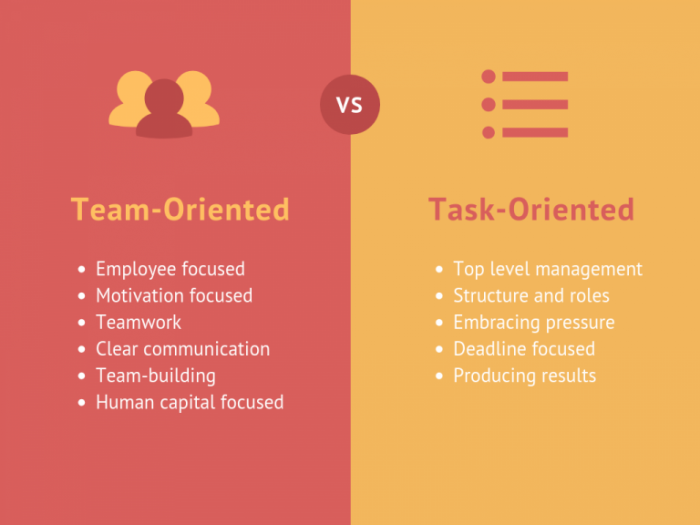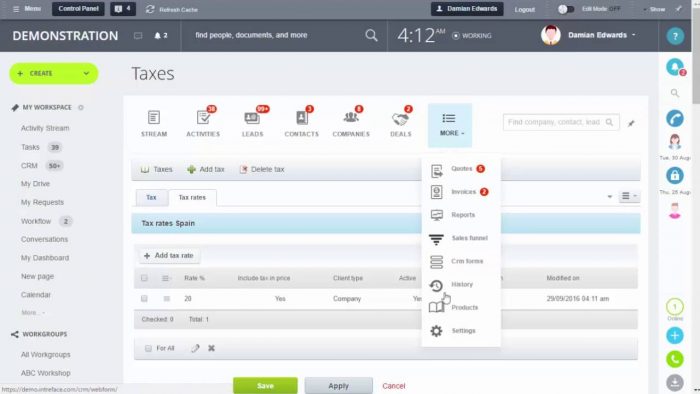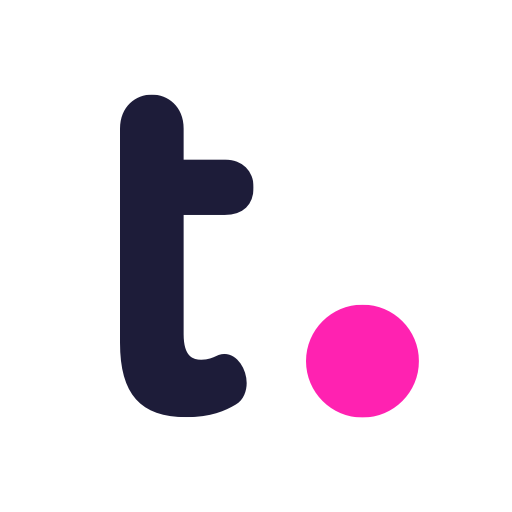It has been close to 10 years since Team Compass started providing teams like yours with world leading team management and progress reporting software. With Team Compass being free for small teams and offering a two week free trial for everyone, we really try to make progress reporting easy for our clients. You’re always welcome to try it for free here.
Having team-oriented leadership may sound a little straight-forward. However, it’s much more difficult to implement. Most people tend to think their opinions and input are the best. Sometimes, we just want to hear our own perspective without actually taking the team’s needs into account.
However, being team-oriented means looking past that and focusing on individual employee strengths, not just what you want. It’s all about teamwork and seeing which team management apps are the most useful.
Defining Team-Oriented Leadership
Being team-oriented (or people-oriented) means working well with others and take charge when a project comes around. It’s about focusing on soft skills instead of job-related skills. This contradicts task-oriented leadership. Being task-oriented generally focuses on tasks completed.
Instead, being team-oriented focuses on the motivations, goals, and well-being of individuals.

Everything about being team-oriented is about focusing on team members instead of yourself. Tasks that need to get done are still important. However, in order to accomplish your goals, the main focus is on human capital first. Leaders and employees are closer to being equals that can hold each other accountable.
This contrasts pre-defined hierarchies which work better for top-level management.
According to stats collected by the Queens University of Charlotte in 2013, as the percentage of millennials increases in the workforce, the desire to have team-oriented communication also increases. A whopping 53% of millennials want to have a mentorship relationship with their managers. They claim that this would increase their productivity as well as their value.
Pros of Team-Oriented Leadership
Improving morale by being approachable is the #1 goal of team-oriented leadership. Workers are more engaged with their day-to-day work. As a result, they get more work done and help accomplish the organization’s goals.

By letting employee voices be heard, work gets accomplished because employees feel like their work amounts to something. They feel like their managers care about them and their input. The goal is to make your team members feel like people and not like cogs in the corporate machine.
Being approachable makes efficiency improve. In addition, employee loyalty goes up and you’re less likely to lose talent.
Cons of Team-Oriented Leadership
Being equality focused means that the lines between the boss and employees are blurred. When the boss has to step in and do boss things, team-oriented organizations may suffer if the boss doesn’t really have any authority over a situation.
Because, you know, if a boss is focused on being buddy-buddy with everyone, they may not really want to punish anyone or ask them what’s up when they’re not meeting their goals.
You also have to remember that you’re dealing with changing work cultures. The old Boomer business structure of task-oriented leadership isn’t that easy to get rid of.
Steps for Team-Oriented Leadership
We’ve compiled some of the key elements that help make team-oriented leadership work, you know, work. We’ll cover topics that help you achieve the following traits:

- Maintaining a fair and equal system within the organization
- Respecting your fellow workers and their contributions
- Listening to others instead of only using your own ideas
- Being committed to your team
Avoid Social Hierarchies When Unnecessary

For effective team-oriented leadership, one of the biggest things to remember is that equality is king. Leaders have to be willing to let go of their power to listen to others. Traditional team management apps and their systems emphasize that managers deserve control over everything that trickles downward, but you gotta remember that respect is earned. Motivating your team is not exclusively tied to your leadership, but your ability to communicate with them.
Focusing on the Individual, But Not Too Much
Having team-oriented leadership inherently means listening to the individuals within that team. Collectives that don’t take the desires and goals of people into account fail pretty often. It’s good to let individual, driven individuals shine. That being said, if these individuals start to take issue with their coworkers, jobs, or management, it can bring down the team dynamic.
Leaders need to be peacemakers in this regard and coaching sessions are always encouraged to keep the balance.
Use Formal and Informal Feedback for Team-Oriented Leadership

The goal here is to listen to others (as always). You should try and have a workplace that focuses on feedback both from manager to employee and employee to manager. Try not to make up your own mind before listening to other ideas.
Trust Your Employees
Vulnerability can be downright terrifying, but you kinda need to be vulnerable as a leader to be approachable. People can pick up when someone is guarded and doesn’t trust them almost immediately. It’s in your best interest to be approachable. Let your teams make their own decisions without finding the need to micromanage.
Sometimes, the unconventional experiments your teams come up with help cover a blind spot you didn’t even know existed.
Make Diversity a Priority
Diversity training is becoming a big deal. There are so many reasons why this is the case now. Realizing that everyone comes from different perspectives allows for the creative process to shift and for new ideas to come forward. By having diversity training in your team-oriented leadership strategy, you allow those individual ideas to emerge and possibly change the direction of the company by allowing those in minority groups in the workplace to be comfortable with having a voice.
There’s no cons I can think of in dispelling office stereotypes!

By focusing on everyone’s well-being within the organization, you can achieve better team-oriented leadership.
Team Management Apps and Tools
1: Team Compass – Best Overall Team Management App
Team Compass serves as one of the best team management apps for for managers and team members. From the manager side, managers can monitor team member progress, get a weekly meeting agenda, and understand what everyone’s priorities are.
This allows you to easily set quarterly goals and weekly plans and keep team members motivated. Likewise, there’s plenty of feedback tools to recognize good work, and give praise or critique. By providing clarity, using Team Compass helps teams avoid making mistakes and keeps everyone aligned. Team Compass is just $29 a month for unlimited users.
Some of the best features for Team Compass include:
- Weekly planning combined with goal setting for connecting weekly projects to larger goals
- Goal setting and management
- Project and KPI tracking
- Employee feedback features for other team members and managers
- Pulse Surveys and 1:1s
- Customizable team reports
2: LiquidPlanner – Best for Project Time Tracking
LiquidPlanner helps teams by combining project management with time-tracking. This makes it easier to share goals and communicate ideas with team members.

Some of the best features of LiquidPlanner include:
- Time estimates for tasks and how long they will take to complete
- Comments enabled for both tasks and schedule
- Collaboration boards organized by task
- Scheduling screens
- Note features for projects
3: BitRix24 – Best for HR Management
BitRix24 is a collaboration tool. It has a large set of features that include traditional project management to integrated systems by telephone and HR. Free plans are available and paid plans are $39 month.

Some of the best features for BitRix24 include:
- Gantt Chart systems
- Cloud-based for internal communication
- Management for employee workload
- Customer relationship management
- Integration with phone and email
4: Basecamp
Basecamp is popular around the world for team management. It allows both for project management and sharing those projects with clients if need-be for transparency. This allows closer connections to the client with feedback changes and updates.

The top features for Basecamp include:
- Project performance reporting
- Dashboards that allow client collaboration
- Message boards for discussing ideas
- Desktop and email notifications
- Projects with multiple users and tasks
5: Teamwork – Best Integrations
Teamwork serves as a tool where you can estimate the time you think you need to complete a task. Then, Teamwork logs the actual time you spent on it against it. This helps you increase the accuracy in your time predictions.

The best features for Teamwork include:
- Tracking time for projects
- Customizable time reports and download options
- Mobile app
- Invoices based on time worked
6: Trello – Best Free Option
Trello’s best advantage is allowing users to visualize their projects. Trello is best for the short-term and is most suitable for everyday assignments and tasks.

The best features for Trello include:
- Opportunities for collaboration through comments
- Organizing tasks by dates and priorities
- Easy image and file sharing
- Unlimited task list options available
- Simple and easy to learn task management on a short-term basis
Use Social Tools for Team-Oriented Leadership
The Queens University of Charlotte writes that social networks are dominant communication tools. They create better team-oriented leadership when face-to-face communication isn’t an option.
This is, again, about the changing world of work. In 2013, 50% of millennials felt that social networks boosted productivity. However, 1/3 companies still don’t really value it. Being team-oriented in the modern working world is all about the effective use of social tools.
This is the best way to use the tools of the 21st century to increase team communication.
Useful tools for team-oriented leadership include:
Each serves different purposes in the workflow, but all focus on transparent, equal communication using the modern convenience of social channels. We suggest that you take a look at them and see what works best for you.
